Occupation Architect Name Victor Gruen | Role Architect | |
 | ||
Education Academy of Fine Arts Vienna Books The Heart of Our Cities: The Urban Crisis: Diagnosis and Cure People also search for M. Jeffrey Hardwick, Robert A. Futterman, Aziz Farmanfarnaian Structures | ||
Organizations founded Victor Gruen Associates | ||
Victor gruen on architecture
Victor David Gruen, born Viktor David Grünbaum (July 18, 1903 – February 14, 1980), was an Austrian-born architect best known as a pioneer in the design of shopping malls in the United States. He is also noted for his urban revitalisation proposals, described in his writings and applied in master plans such as for Fort Worth, Texas (1955), Kalamazoo, Michigan (1958) and Fresno, California (1965). An advocate of prioritizing pedestrians over cars in urban cores, he was also the designer of the first outdoor pedestrian mall in the United States, the Kalamazoo Mall.
Contents
- Victor gruen on architecture
- Rochester a city of poverty
- Early life
- Career
- Influence
- Selected writings
- References
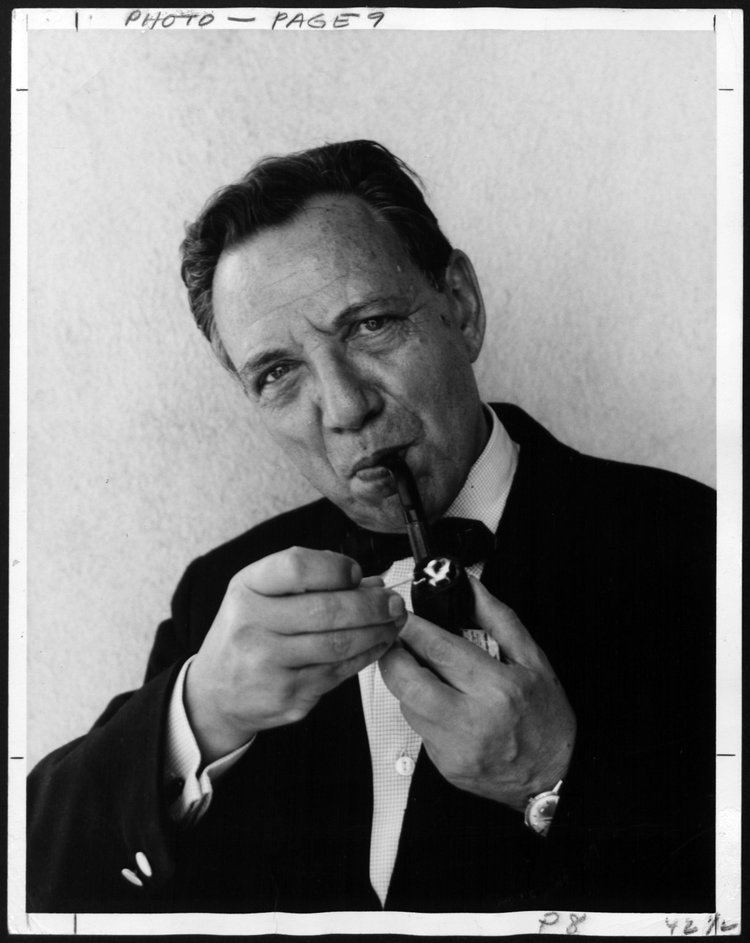
Rochester a city of poverty
Early life
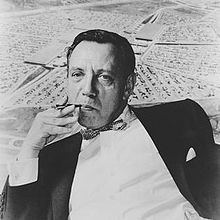
Victor Gruen was born on July 18, 1903, in a middle-class Jewish family in Vienna, Austria. He studied architecture at the Vienna Academy of Fine Arts. A committed socialist, from 1926 until 1934 he ran the "political cabaret at the Naschmarkt"-theatre. At that time he came to know Felix Slavik, the future mayor of Vienna, and they became friends.
Career
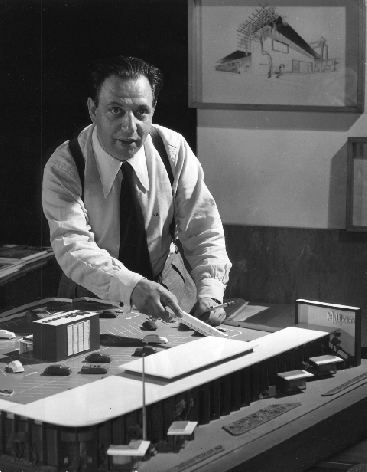
As an architect he worked for Peter Behrens, and in 1933 opened his own architectural firm in Vienna.
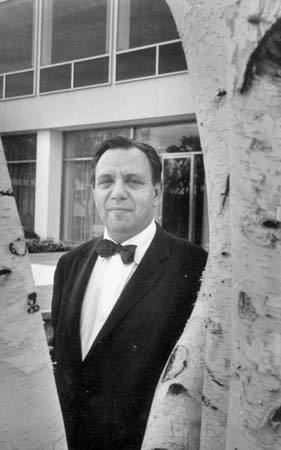
When Germany annexed Austria in 1938, he emigrated to the United States. Short and stout, he landed "with an architect's degree, eight dollars, and no English." Arriving in New York he changed his name to Gruen from Grünbaum and started to work as a draftsman. After the success of his design for the Lederer leather-goods boutique on Fifth Avenue, he received further commissions for the design of shops, including Ciro’s on Fifth Avenue, Steckler’s on Broadway, Paris Decorators on the Bronx Concourse, and eleven branches of the clothing chain Grayson’s.
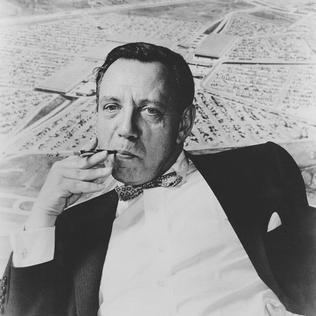
In 1941 he moved to Los Angeles. A decade later, in 1951, he founded the architectural firm "Victor Gruen Associates", which was soon to become one of the major planning offices of that time. After the war, he designed the first suburban open-air shopping facility called Northland Mall near Detroit in 1954. After the success of the first project, he designed his best-known work for the owners of Dayton Department stores, the 800,000-square-foot (74,000 m2) Southdale Mall in Edina, Minnesota, the first enclosed shopping mall in the country. Opening in 1956, Southdale was meant as the kernel of a full-fledged community. The mall was commercially successful, but the original design was never fully realized, as the intended apartment buildings, schools, medical facilities, park and lake were not built. Because he invented the modern mall, Malcolm Gladwell, writing in The New Yorker, suggested that "Victor Gruen may well have been the most influential architect of the twentieth century."
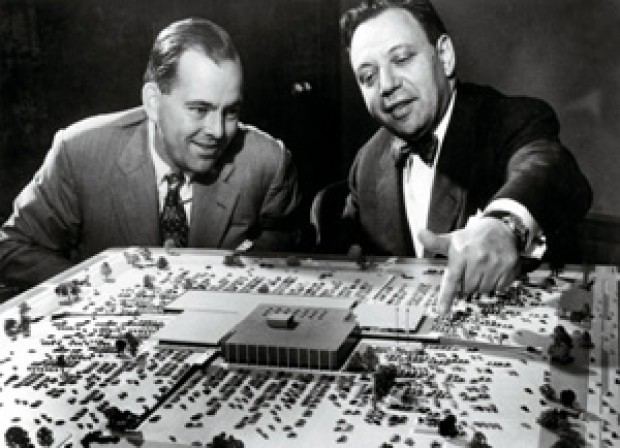
Until the mid-1970s, his office designed over fifty shopping malls in the United States. Gruen was the principal architect for a luxury housing development built on the 48-acre (190,000 m2) site of Boston, Massachusetts' former West End neighborhood. The first of several Gruen towers and plazas was completed in 1962. This development, known as Charles River Park is regarded by many as a dramatically ruthless re-imagining of a former immigrant tenement neighborhood (Gans, O'Conner, The Hub). Victor Gruen designed the 55,000 square-meter, business complex, Centre Gefinor, which was built in the late 1960s on Rue Clémenceau in Beirut, Lebanon. Gruen also designed the Greengate Mall in Greensburg, Pennsylvania, which opened in 1965, as well as the Lakehurst Mall in 1971 for Waukegan, Illinois.

In 1968, he returned to Vienna, where he engaged in the gradual transformation of the inner city into a pedestrian zone, of which only some parts have been implemented, including Kärntner Straße and Graben.

In a speech in London in 1978, Gruen disavowed shopping mall developments as having "bastardized" his ideas: "I refuse to pay alimony for those bastard developments." Gruen died on February 14, 1980.
Influence
Gruen's book The heart of our cities: The urban crisis: diagnosis and cure was a big influence on Walt Disney's city planning ambitions and his ideas for the original EPCOT.
